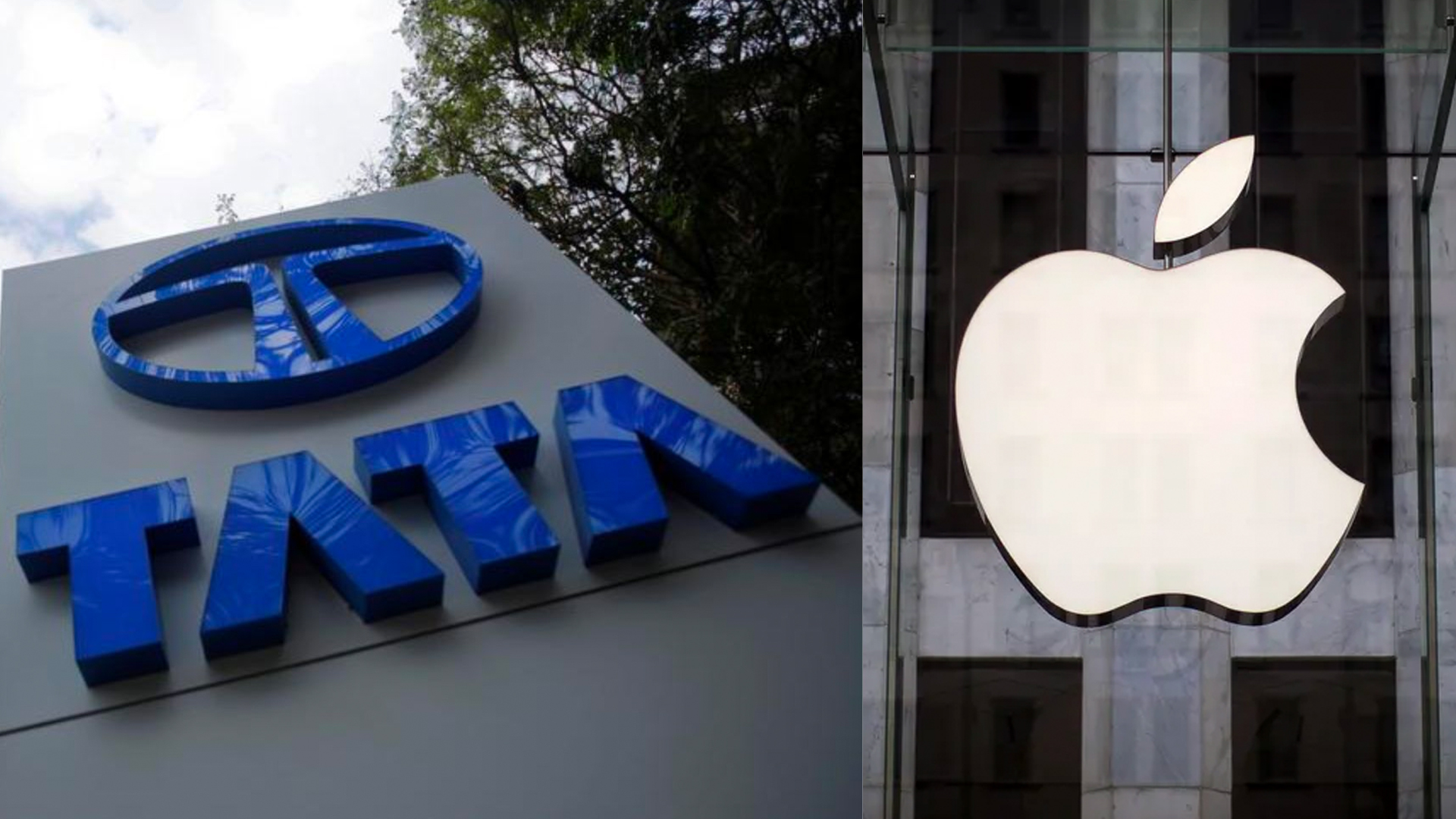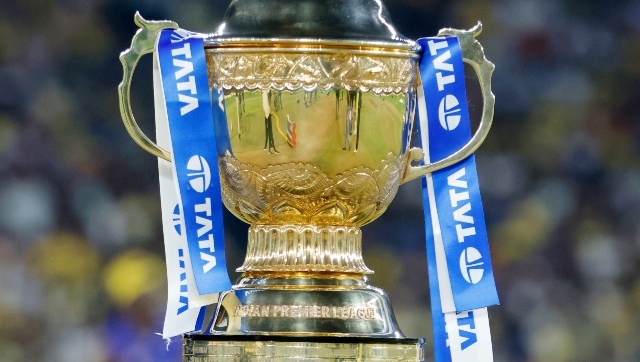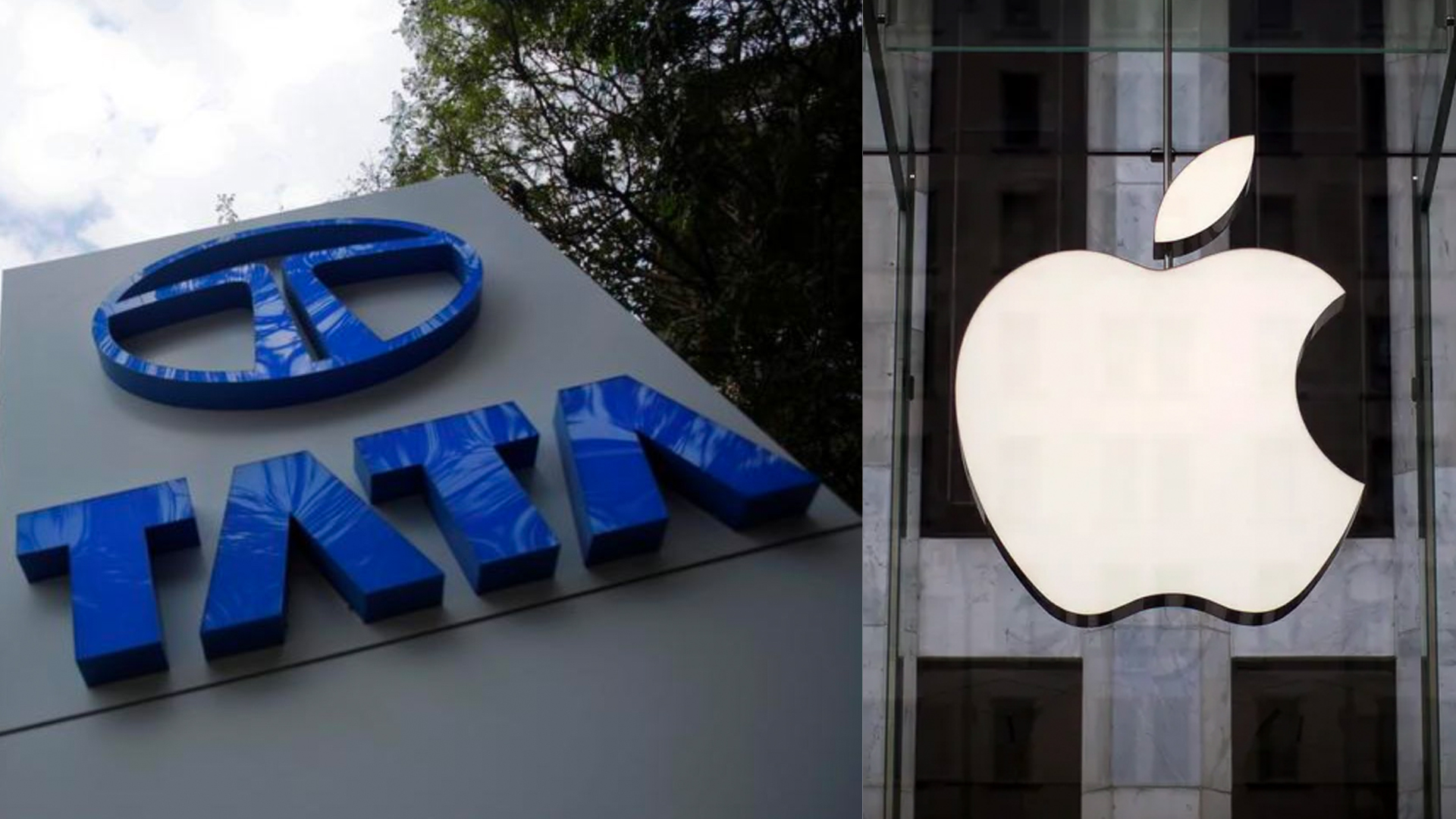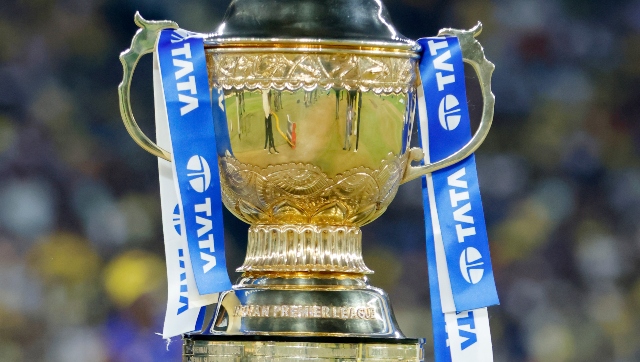Cyrus Mistry, Chairman of Tata Sons, had some interesting points to make on how the group is different from a conglomerate, and why divestment decisions are harder for the Tatas to make.
In an interview to group portal Tata.com, Mistry had this to say: “It is…useful to note that the way in which a diversified business group such as Tata adds value is different from conglomerates or private equity funds. Tata as a business group, when compared with private equity firms, has distinct advantages as well as some drawbacks. From a nurturing perspective, the Tata brand, developed over 15 decades, adds huge value to our companies. This also makes exits more difficult as the Tata group has a deeper commitment to stakeholders and the brand cannot be transferred.” (Italics ours)
Mistry was obviously irritated by calls from outside experts seeking a quicker pace of change in the group, by pruning losing businesses faster.
He said: “It was clear to me relatively early that one needed to confront the challenging situations facing some of our businesses, and ultimately this would entail hard decisions on pruning the portfolio. But I have learned through experience that if you want to do the right thing by all your stakeholders, there are no shortcuts.
“There will always be external influencers and so-called experts, who may be motivated by immediate transactional gains, goading us on to churn our portfolio. It is important that we develop our own prognosis based on knowledge and context, keeping all stakeholders in mind. We should not be afraid of taking tough decisions for the right reasons, with compassion.”
Two points emerge from viewing the above statements together.
First, the Tatas will be slower to change than was the case under Ratan Tata, who could, all by himself, choose to sell off Tomco or buy Corus and Jaguar Land Rover (JLR) and invest in a Nano. Under Mistry, the process may be slower, but surer, since he is an inheritor of the Tata mantle, and not born into it.
Second, Mistry seems to differentiate between a diverse business group and a conglomerate – with the former being glued together by a group identity, and the latter being linked only by a holding company and shareholdings.
Since Mistry says the Tatas have to behave differently from an unemotional private equity firm, what we could speculate on is how the Tatas would have acted had it been a conglomerate or a private equity-led group.
As Mistry himself pointed out, cash flows and debt profiles across the group were not something to worry about; the problem lay in how this cash flow and debt was distributed.
He said: “Over the last three years, the gross debt across the group has increased by about 2 percent per annum in US dollar terms, while cash and equivalents have grown at over 10 percent, leading to a reduction of 3.3 percent in net debt in the same period. As of March 2016, the group had a net debt of about $24.5 billion. Capex has been on average $9 billion in each of the last three years. In the financial year 2016, cash from operations reached $9 billion a year and exceeded the capex.
“At the group level, therefore, the aggregate debt is not something I feel concerned about. In fact, such aggregations at the group level could mislead, as the companies which have high cash generation, capex and debt are not all necessarily the same, and resources of different companies are not fungible with one another, as they are distinct legal entities with different shareholders.”
Right now, the cash flows come largely from two companies - TCS and Tata Motors (mostly Jaguar Land Rover). The debts are concentrated in five companies - Tata Steel, Tata Motors, Tata Power, Tata Communications and Tata Teleservices. The remaining debt is manageable within the companies that hold them (See table)
A private equity player, if he were running the Tatas, would clearly separate the stars from the dogs, the cash cows from the question-marks, to use the Boston Consulting Group’s matrix of separating businesses based on potential. Stars are businesses likely to boom and grow market share in future, cash cows are what they seem to mean (profitable, but not likely to grow much), dogs are losers, question-marks are those businesses where you cannot clearly see the future. They may have high market shares and low profits, or both low market shares and low profits, but other unknowns that could change the future.
TCS, which is high on margins and low on debt, is surely a star, and could have a bright future. There is little doubt it is vital to the conglomerate. Probably overwhelmingly so. A refusal to chop deadbeat businesses will slow down TCS, for the group depends too much on TCS cash flows to fund its other businesses. This needs to change, for TCS is in a cutting-edge business, and needs to grow both scale and acquire technology. It cannot remain a labour arbitrageur; it has to make more margins from high-end consulting to take on the IBMs and Accentures
JLR is both a star and a question-mark. The JLR part of the business has growth and profit potential in developed markets, China and emerging markets like India where new millionaires are being made every day. But the Indian part of the business is a question-mark; the commercial vehicles (CV) business is surely a future star when road-building improves CV offtake, but the cars business is struggling. A private equity investor will probably decide to hive off the Indian car business and either sell it or buy a good foreign car-maker to drive a technologically advanced business. The car business cannot work with a CV-led culture.
Tata Power is probably a plodder, but will ultimately not lose money. It can stay in the portfolio, and seek diversifications into related business and reduce debts slowly.
Tata Steel Europe is a dog, while Tata Steel India is a profitable enterprise. The global operations clearly need to be at least partially hived off, and Mistry has begun the process by putting the UK assets on the block.
Tata Teleservices is a question-mark. The group faces a double-or-quits decision. With DoCoMo wanting its money back, the Tatas – with low market share – have to do one of two things: seek a merger with the only available player (Telenor), or invest several thousand crores to build the business from the ground up in difficult competitive conditions. A private equity investor would probably urge a sale, or big ticket merger.
The easiest businesses to decide on are the consumer-facing businesses like Titan, Voltas and Tata Beverages, which are profitable, and do not need more capital from the group for expansion or growth.
Indian Hotels, too, will ultimately need capital, but it could presumably achieve its cash flows and profits by hiving off some of its hotels abroad or in India.
Broadly speaking, the Tatas have to reduce the number of businesses they are in, by hiving off the cash guzzlers and investing in the winners.
Regardless of whether Mistry thinks of the Tatas as a conglomerate or just a business group with larger social commitments, this is the direction he has to take.
The other way to think of the Tatas is both as a business group and a conglomerate. The business group would comprise companies that are core to the group’s identity and self-purpose. The conglomerate parts would be companies that may not carry the Tata name, but can be acquired or divested purely for business reasons.
Data contribution by Kishor Kadam


)




)
)
)
)
)
)
)
)